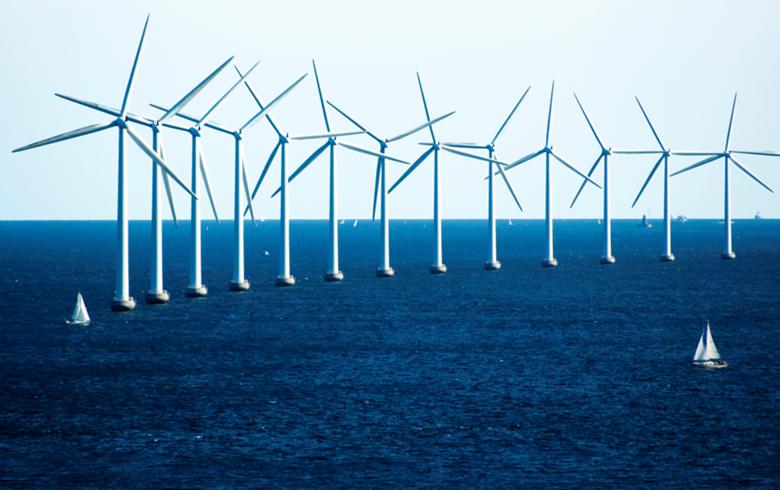 14 February 2014, Kampala – Wild bush fires have destroyed electricity poles on the newly-commissioned Mbale-Amudat power line, raising safety and business concerns.
14 February 2014, Kampala – Wild bush fires have destroyed electricity poles on the newly-commissioned Mbale-Amudat power line, raising safety and business concerns.
One of the heavily damaged poles hangs mid air, less than two metres from the ground, at Moruajore in Pian-Upe Game Reserve, located between Namalu and Chepsikunya in Nakapiripirit and Kween districts.
There hasn’t been any repairs since last December, when the line was gutted.
The 140-kilometre line, which connects the districts of Mbale, Bulambuli, Kween, Nakapiripirit and Amudat, was switched onto the national grid last year.
The government paid Chinese firm CPCC International (U) Ltd Shs 9.7bn to construct the line under the Rural Electrification Agency (REA) programme.
Traditionally, Karimojong herdsmen burn bushes during the dry season to kill ticks, stimulate fresh grass growth and create easy paths for themselves while hunting rodents, which include rats and squirrels.
However, the live power lines hanging dangerously low pose greater risk to the lives of both the herdsmen and their animals that graze in the game reserve.
There’s also the threat of disrupting businesses which rely on electricity, in most of the trading centres and towns along the way.
When contacted, REA officials explained that their mandate ended after the power line was commissioned and handed over to Uganda Electricity Distribution Company Limited (UEDCL), which is responsible for operation and maintenance.
On Wednesday, UEDCL spokesman Fred Wamala said they had “dispatched a technical team to access the extent of the damage on the ground.”
If well treated, electricity poles are expected to withstand attacks from such enemies as fires and termites for a minimum of 10 years. The fact that poles were burnt barely a year after being commissioned is bound to raise questions on the quality controls.
The job of quality and safety officer at UEDCL, under whose watch the dilemma in Karamoja should be resolved, was advertised recently. It is not yet certain whether anyone competent has been recruited.
As a region, Karamoja has lagged behind in terms of economic development due to lack of electricity connection, among other reasons. But Karamoja’s economic prospects have changed in the past one year after government connected electricity – another power line, Soroti-Amuria-Katakwi-Napak-Moroto, was commissioned in July 2013 – to the region.
With availability of electricity, mineral-rich Karamoja is expected to expedite mining activities that include gold, lime and marble stones.
The government has also flagged off major road upgrades and constructions, which include the Moroto-Nakapiripirit tarmac, to improve transport infrastructure in the region. The 93-kilometre road, which is estimated to cost Shs 184 billion, will become the first ever tarmac highway in Karamoja when completed next year. Moroto municipality, the biggest urban centre region, has barely three kilometres of tarmacked road.
– The Observer



